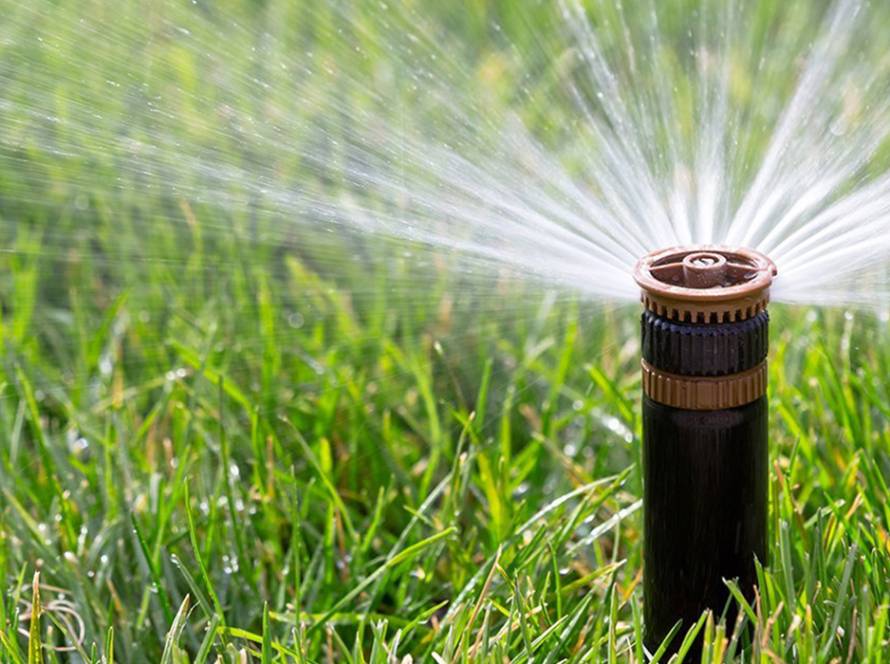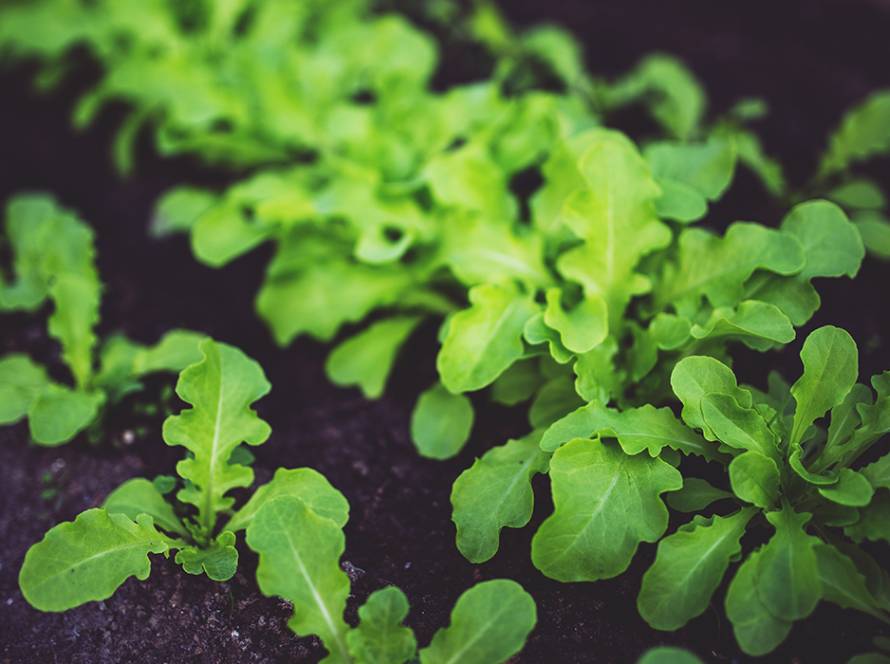Wheat is the crop of our ancestors. In ancient Egyptian temples, wheat grains were found in tombs, where they were placed by the Egyptians and preserved. We must maintain our abilities, reputation, and history, continuing to excel in wheat cultivation and securing our food supply.
Preparing the Land:
- Give abundant irrigation using slow cycles for the irrigation system.
- Be smart and build a proper water column 70 cm tall if possible.
- After that, depending on the previous crop, decide whether to plow or not?
- If plowing, use a nine-blade plow and add the following fertilizers based on soil analysis:
- 50 kg of ammonium sulfate
- 25 kg of granular potassium sulfate
- 100 kg of granular superphosphate
- 50 kg of agricultural sulfur Mix them well and spread them evenly on the surface. Then, use the nine-blade plow for the second round of tillage.
Choosing the Variety:
Be wise and choose the variety that suits your location on the map. For example, what grows in El Owaynat isn’t the same as what grows in Minya, El Wahat, or the New Delta. Every place has its own variety, with specific traits for tillering, growth, disease resistance, and lodging.
Leveling:
Depending on the soil type, as most of the land is sandy, use a disk harrow with a roller. If you’re skilled, add a drag or pipe for better leveling. The direction of leveling should be perpendicular to the direction of the second plowing pass, or at least at a 45-degree angle.
Sowing:
The sowing season usually starts in early November. Try not to delay beyond the 20th of the month if you can. Make sure you’re fully focused on the sowing day. Keep your eyes on the job and, of course, whether you rent or own a drill, ensure the sowing direction is at an angle to the leveling direction. Adjust the sowing depth and amount to sow 65 to 80 kg per feddan, depending on the variety, sowing date, and soil type.
Irrigation:
Give two proper irrigations immediately after sowing, and don’t forget you’ve already stored water in the column we mentioned earlier.
Germination:
You’ll have germination after about a week, and it should be complete within 10 days. On day 20, add about 20 kg of urea for activation. Don’t forget the ammonium sulfate you applied during preparation.
Fertilization:
From day 20 to day 80, apply one sack of urea and two sacks of ammonium nitrate with a pivot. Also, apply two more sacks of ammonium nitrate by broadcasting. Pay attention to calcium nitrate, applying half a sack in the first 40 days and magnesium sulfate between days 40 and 60. On day 60, apply 15 kg of water-soluble potassium sulfate.
Wheat loves zinc sulfate and manganese sulfate. It’s ideal to apply 7 kg of zinc and 5 kg of manganese sulfate per feddan. You can also use 5 kg of ferrous sulfate. You might wonder if that’s too much, but remember, we’re farming in sandy and poor soil.
Don’t forget to spray a good micronutrient mix at a rate of 500 grams per feddan, which could go up to 1 kg.
Weeds:
Depending on the variety, density, and amount of weeds, the decision to apply herbicide varies. Once the wheat reaches 15 to 20 cm tall, apply 8 grams of Granstar herbicide per feddan. You can choose other appropriate herbicides as well.
Irrigation During the Season:
Pay close attention to irrigation, especially during the heading stage and when grains are forming and filling. Be cautious with irrigation during windy days. Reduce irrigation in the final days, after 130 days, and stop before harvesting to ensure proper drying.
Harvesting:
Choose the harvest timing carefully. Don’t let the best wheat shed, and keep an eye on the combine harvester. Inspect the stalks and the straw to avoid any losses. Make sure the combine’s header works well to maximize straw collection. Reward the harvester with a good tip to ensure proper care of your crop.
Straw:
Once harvesting is complete, bale the straw and sell it. The price is around 1500 EGP per ton, and if you don’t achieve at least 2 tons per feddan, I’ll be disappointed!
Written by
Smart.Land



